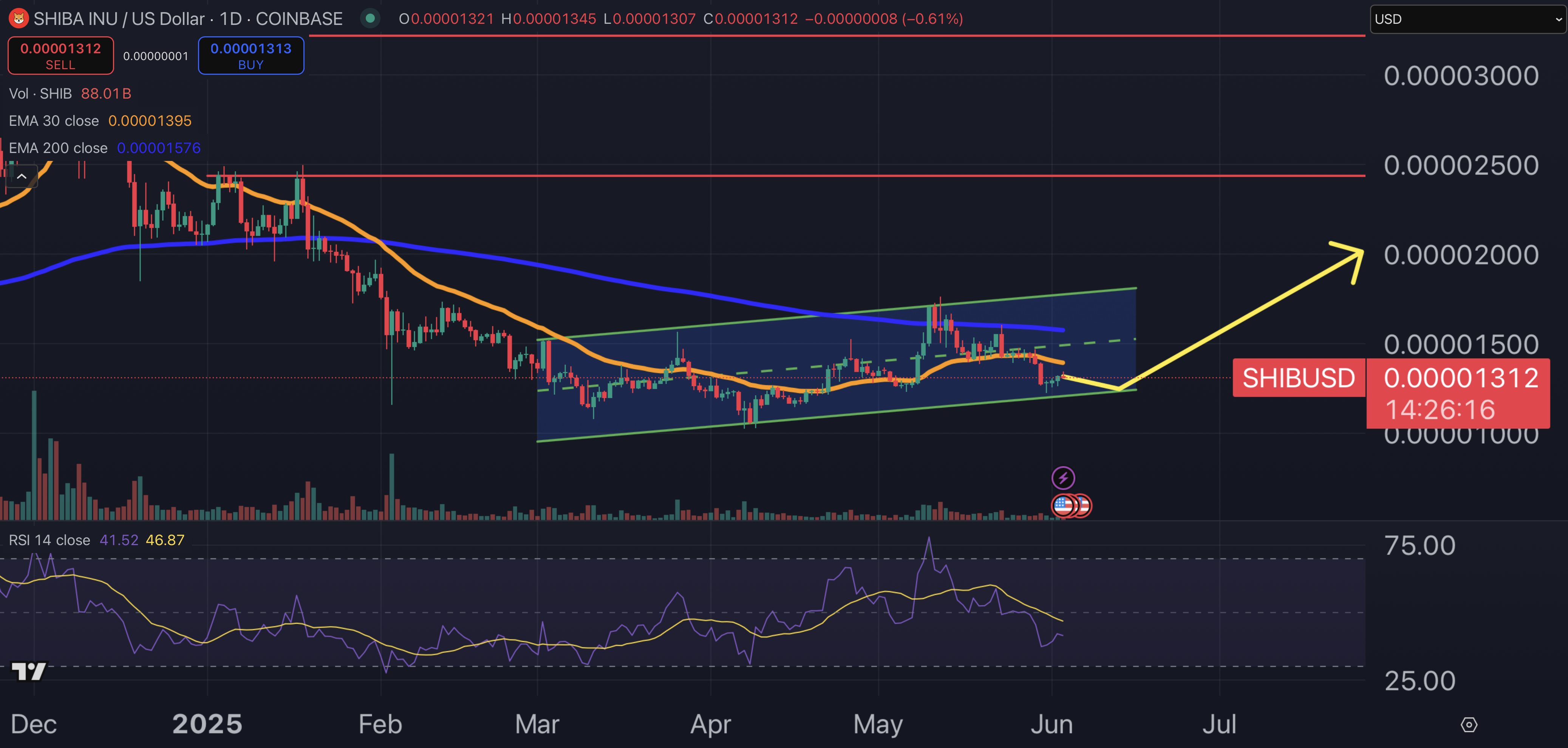The US central bank, which is charged with keeping both prices and employment stable, cut interest rates for the first time in more than four years in September, saying it wanted to head off signs of weakness in the jobs market.
It boosted hopes of many would-be borrowers in the US, who have been facing the highest borrowing costs in roughly two decades and were eager to see them come down.
But the strength of this month’s data suggests fears about the jobs market may have been premature, removing pressure on the bank to act.
Interest rates on 10 and 30-year government debt in the US jumped after the report, with the latter topping 5%.
Investors had already been paring back bets on cuts this year, worried by signs that the bank’s progress on stabilising prices was stalling.
There are also risks policies called for by President-elect Donald Trump, such as sweeping border taxes and migrant deportations, could raise prices or wages, putting pressure on inflation.
Even if inflation data due next week shows inflation – the rate of price increases -cooling, Ellen Zentner, chief economic strategist for Morgan Stanley Wealth Management, said this jobs data means she doesn’t expect the Fed “to cut rates any time soon.”
Credit: Source link










